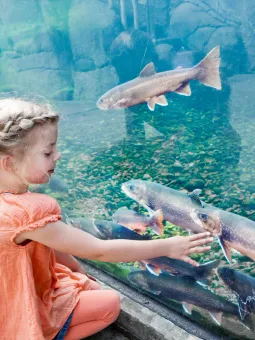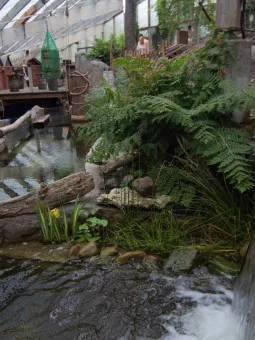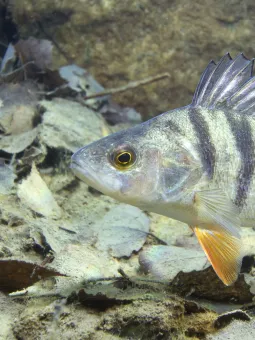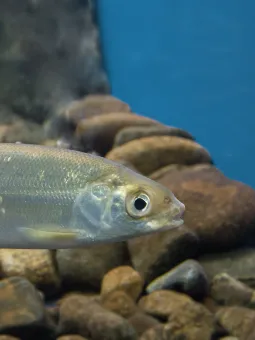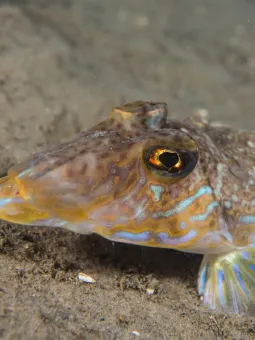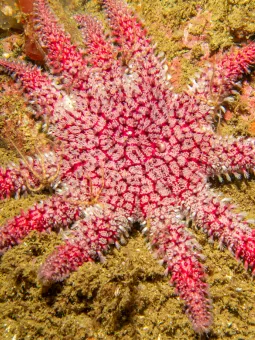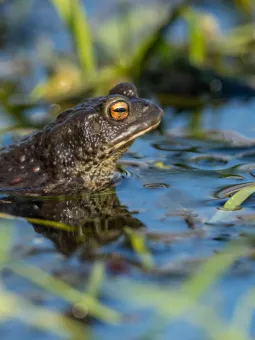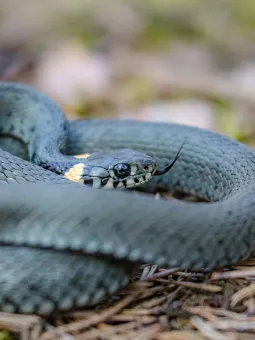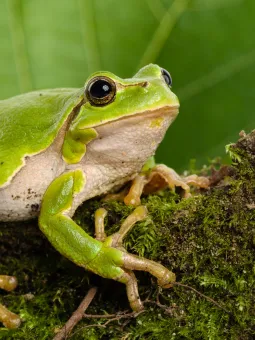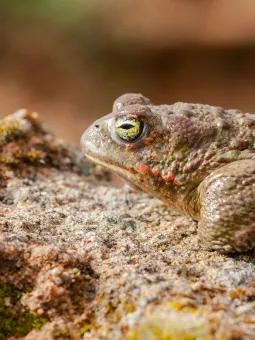FROM NORTH TO SOUTH. AND WEST TO EAST.
In the Wilderness, you experience nature in the polar zone and the temperate zone – the two climate zones found in Sweden and around the entire globe at our latitudes. You will also have to think about the future of the wilderness, because today there are very few areas left on Earth that are untouched by humans.
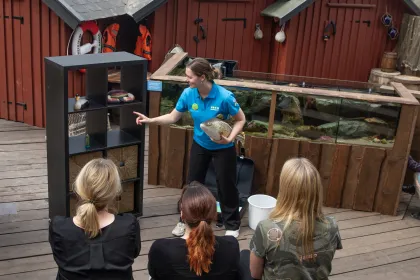
FULL SPEED AHEAD ON The Pier.
The Pier in the Wilderness zone offers exciting mysteries and laboratory experiments. Take a look in the aquarium and get really close to aquatic animals.
SPECIES IN THE WILDERNESS.
A little more than 150 years ago, the scientist Charles Darwin concluded that the individuals who are best adapted to their habitat have the greatest chance of survival. The traits that allowed these individuals to survive are transferred to their offspring and eventually these traits permeate the entire species. His theory of evolution through natural selection still holds true today.
In the Wilderness, we learn more about the species in the polar zone and the temperate zone – and how they have adapted to the life conditions there. Some of the animals in the Wilderness:
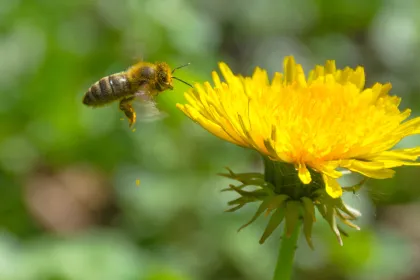
THE BEEHIVE. HOME TO LITTLE SUPERHEROES.
In the Wilderness’s own beehive, during the summer months, we can see how live bees arrive through an entrance from the outside. They collect nectar and pollen outside Universeum and inside the hive they take care of the larvae and the queen. Bees are one of nature’s pollinators, a prerequisite for biodiversity and our food production.


